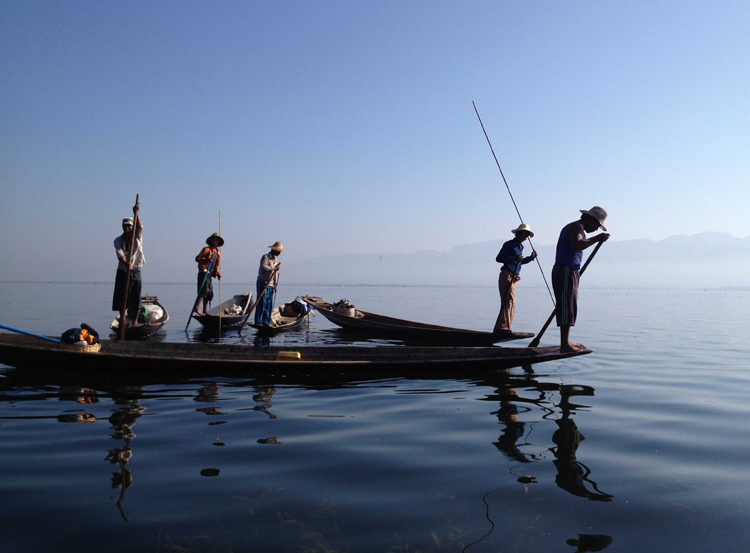The heavy and unremitting rain of 2012 turned vast tracts of these islands into floodland. The north got off lightly by comparison, yet suffered a third-part loss of yield from some sensitive crops.
Imagine this happened every year, and that 2012 was just averagely wet.
Growing food in some places has to cope with far worse all the time – never mind a few failed crops, think of moving all you’ve got to higher ground before the monsoon, and the moving it back a few months later. What do you eat in between?

Yet in many places (even here once) people more than cope with flooding and even welcome the water, building their societies on wetland and lake.
Here, the Living Field looks at the way people have adapted to inland water or at least come to terms with it. We begin with the vegetable gardens of Inle in Burma (Myanmar), then move to global wetland rice, the croplands under winter floods in 2015/16, and (later) on to Tasek Berak in Malaysia and to the reclaimed Carse of Gowrie by Dundee (for a start, more to come). Links to pages below.
- Inle, Burma – the floating gardens
- Wetland rice
- Winter flood – soil and crops under water 2015/16
